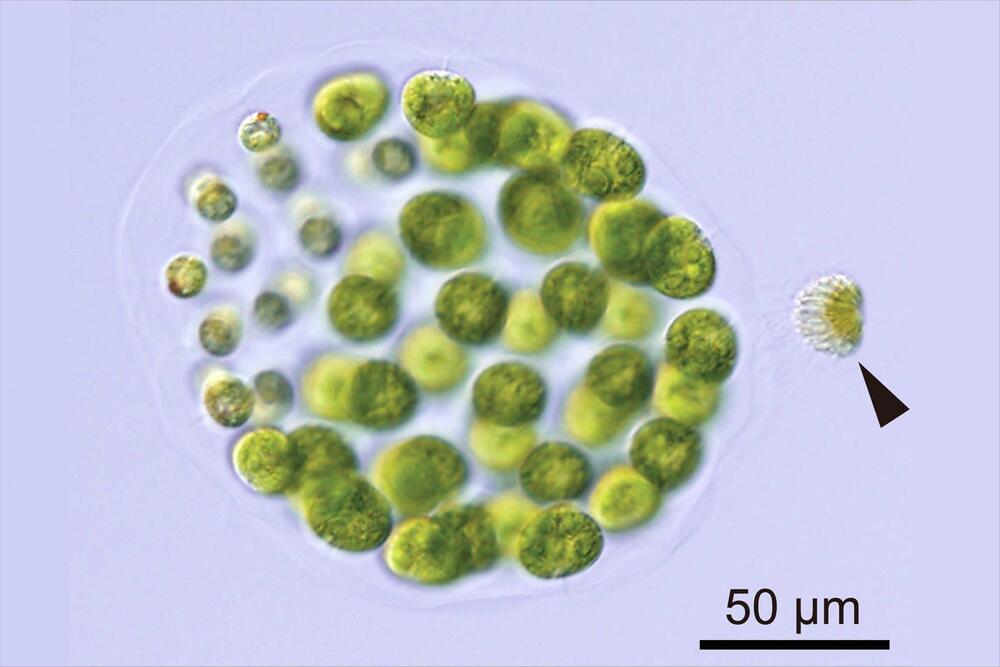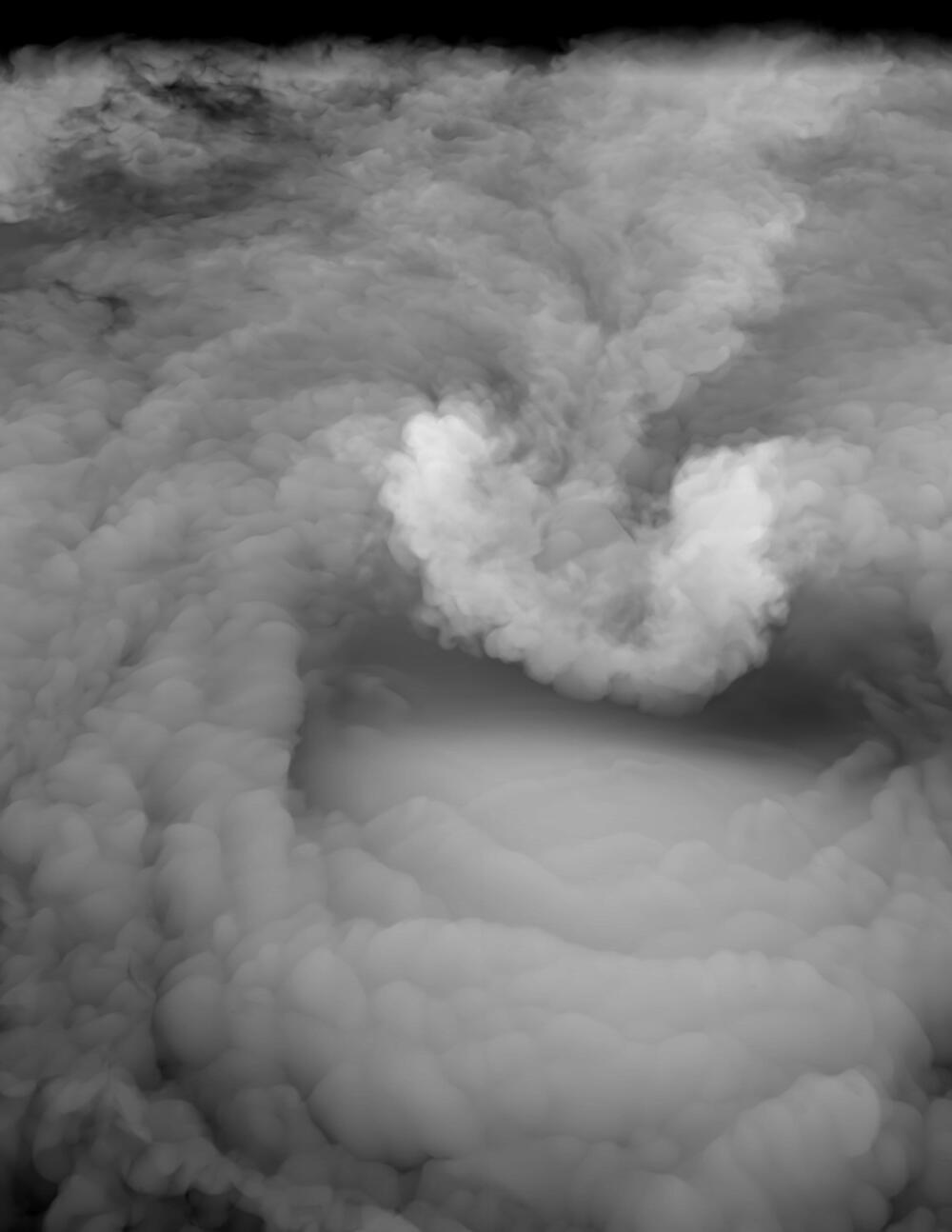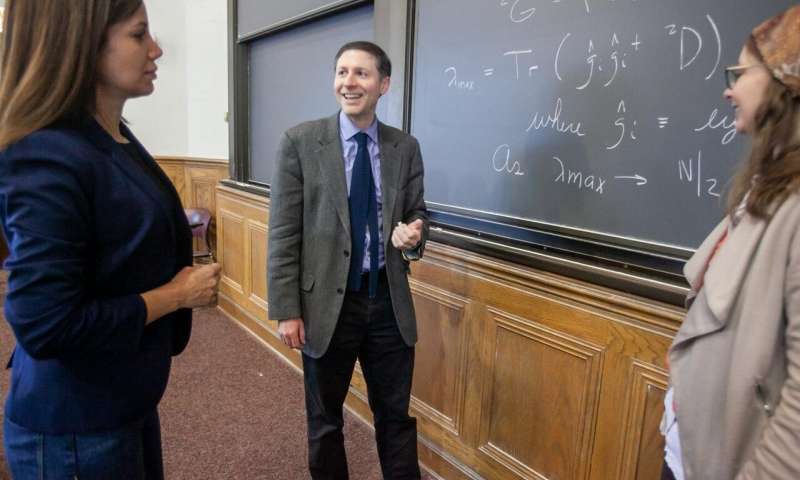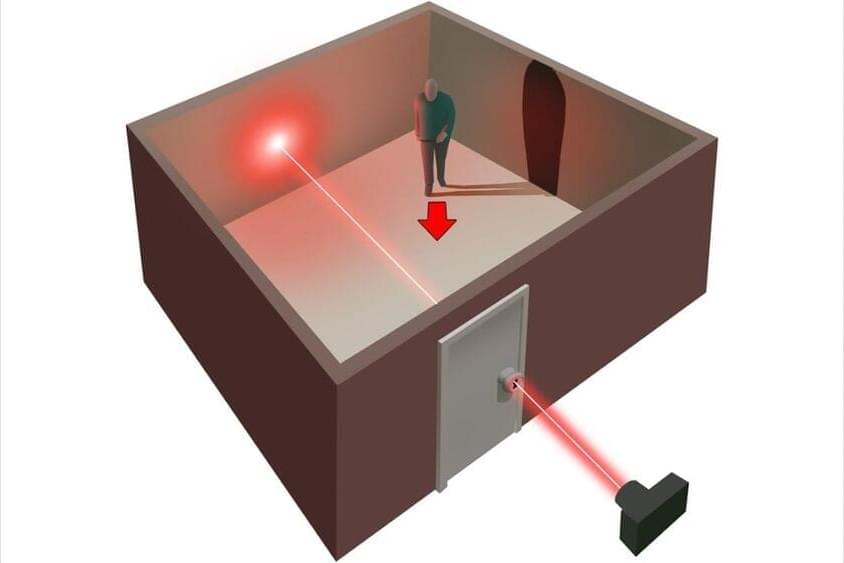IBM launched new call center automation capabilities via its Watson Assistant platform, which leverages AI and natural language processing.
Scientists have found a new chemical process to turn a stinky, toxic gas into a clean-burning fuel.
The process, detailed recently in the American Chemical Society journal ACS Sustainable Chemical Engineering, turns hydrogen sulfide —more commonly called “sewer gas”—into hydrogen fuel. Hydrogen sulfide is emitted from manure piles and sewer pipes and is a key byproduct of industrial activities including refining oil and gas, producing paper and mining.
The process detailed in this study uses relatively little energy and a relatively cheap material—the chemical iron sulfide with a trace amount of molybdenum as an additive.
Researchers on quest to understand how different sexes first evolved.
For 30 years, University of Tokyo Associate Professor Hisayoshi Nozaki has traveled an hour west of Tokyo to visit the Sagami River and collect algal samples to understand how living things evolved different sexes. Through new analysis of samples collected in 2007 and 2013 from dam lakes along the river, Lake Sagami and Lake Tsukui, researchers identified a species of freshwater algae that evolved three different sexes, all of which can breed in pairs with each other.
This phenomenon of three sexes is slightly different from hermaphroditism. In species that normally have two sexes, a hermaphroditic individual who can produce both the male and female sex cells usually exists due to unusual gene expression. Many plants and some invertebrate species have three sexes due to normal gene expression, but this is the first time a species of algae or fungi has been identified with three sexes.
Forward-looking: A team of researchers have devised a new method for protecting SSDs from ransomware attacks. It can detect ransomware, stop it in its tracks, and even recover stolen data in a matter of seconds. The cost should only be a minor increase in the SSD’s latency.
The Register spoke with the researchers, who come from Inha University, the Daegu Gyeongbuk Institute of Science & Technology (DGIST), the University of Central Florida (UCF), and the Cyber Security Department at Ewha Womans University (EWU). The system, called SSD-Insider, is supposedly almost 100 percent accurate and has been tested on real-world ransomware.
SSD-Insider works by recognizing certain patters in SSD activity that are known to indicate ransomware. “To recognize ransomware activity by viewing only the distribution of IO request headers, we have paid attention to a ransomware’s very unique behavior, overwriting,” reads the team’s research paper proposing SSD-Insider. It specifically points out the behavior of ransomware like WannaCry, Mole, and CryptoShield.
Almost 60 feet tall and 14 feet in diameter when fully assembled, the magnet is a crucial component in the attempt by 35 nations to master nuclear fusion.
When a cloudy plume of ice and water vapor billows up above the top of a severe thunderstorm, there’s a good chance a violent tornado, high winds or hailstones bigger than golf balls will soon pelt the Earth below.
A new Stanford University-led study, published Sept. 10 in Science, reveals the physical mechanism for these plumes, which form above most of the world’s most damaging tornadoes.
Previous research has shown they’re easy to spot in satellite imagery, often 30 minutes or more before severe weather reaches the ground. “The question is, why is this plume associated with the worst conditions, and how does it exist in the first place? That’s the gap that we are starting to fill,” said atmospheric scientist Morgan O’Neill, lead author of the new study.
What might happen after the Cybernetic Singularity? Can we refine our theological philosophies in light of new evidence? Are we alone in the Universe? Can you achieve Cybernetic Immortality? When and how can we transcend the human condition? These are some of the questions addressed in my new book THEOGENESIS: Transdimensional Propagation & Universal Expansion. This awe-inspiring volume is to be released on October 1 2021 as part of The Cybernetic Theory of Mind series and is available now to pre-order on Amazon. #THEOGENESIS #TransdimensionalPropagation #UniversalExpansion #CyberneticTheoryofMind #cybernetics #theology #futurism #posthumanism
Ecstadelic Media Group announces the release of the next book in The Cybernetic Theory of Mind series by Alex M. Vikoulov ― THEOGENESIS: Transdimensional Propagation & Universal Expansion ― available as a Kindle eBook on Amazon.
Circa 2020
Hang onto your superconductors everyone. Scientists from the University of Chicago have discovered a new type of matter, where they may be able to conduct energy and electricity at 100% efficiency, without losing heat or friction.
Part of a solution.
Orca, the world’s largest direct air carbon capture and storage plant, has started operating in Iceland. It is run by Swiss company Climeworks.
The keyhole imaging technique, developed by researchers at Stanford University’s Computational Imaging Lab, is so named because all that’s needed to see what’s inside a closed room is a tiny hole (such as a keyhole or a peephole) large enough to shine a laser beam through, creating a single dot of light on a wall inside.
If you’re worried about privacy, it might be time to cover up your front door’s peephole.









